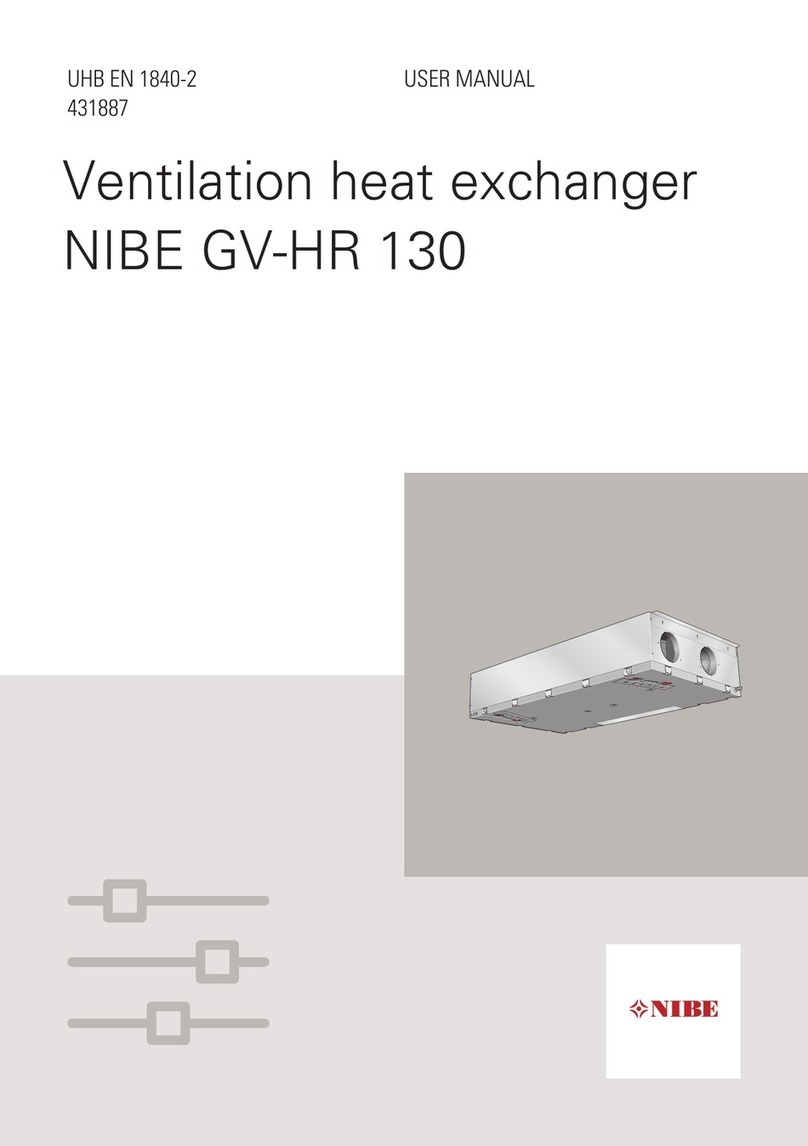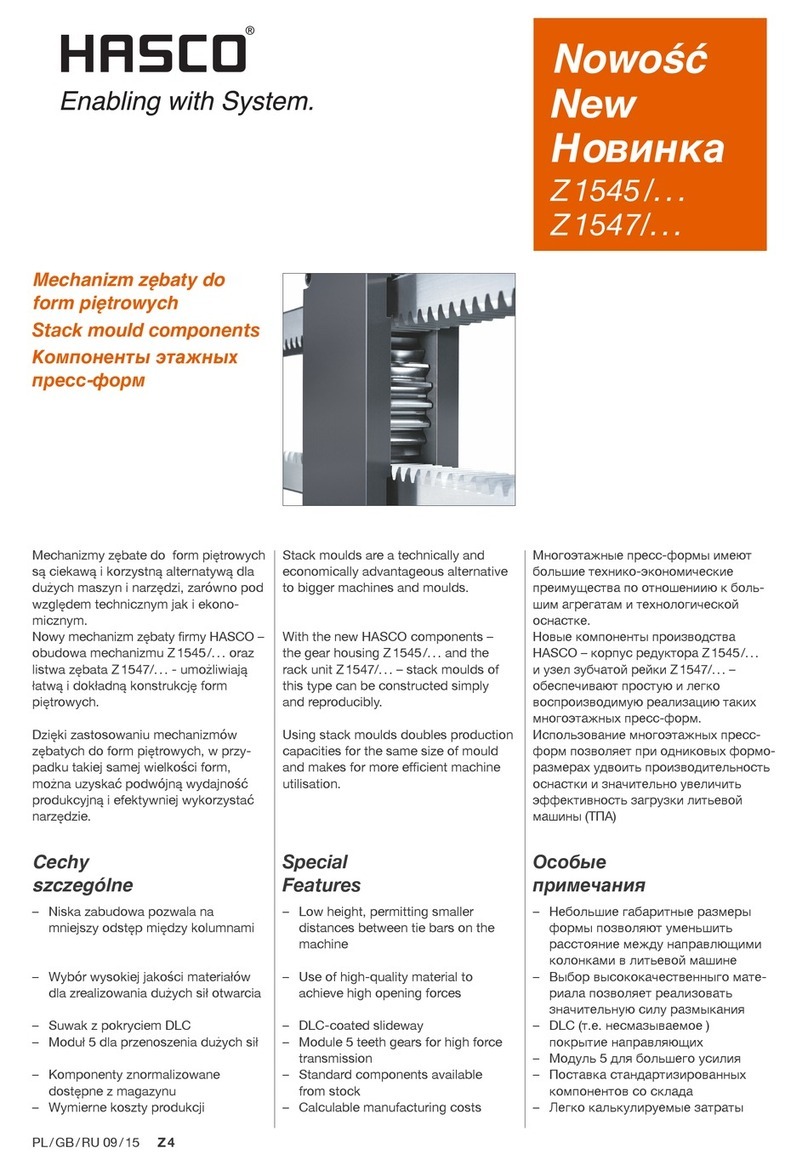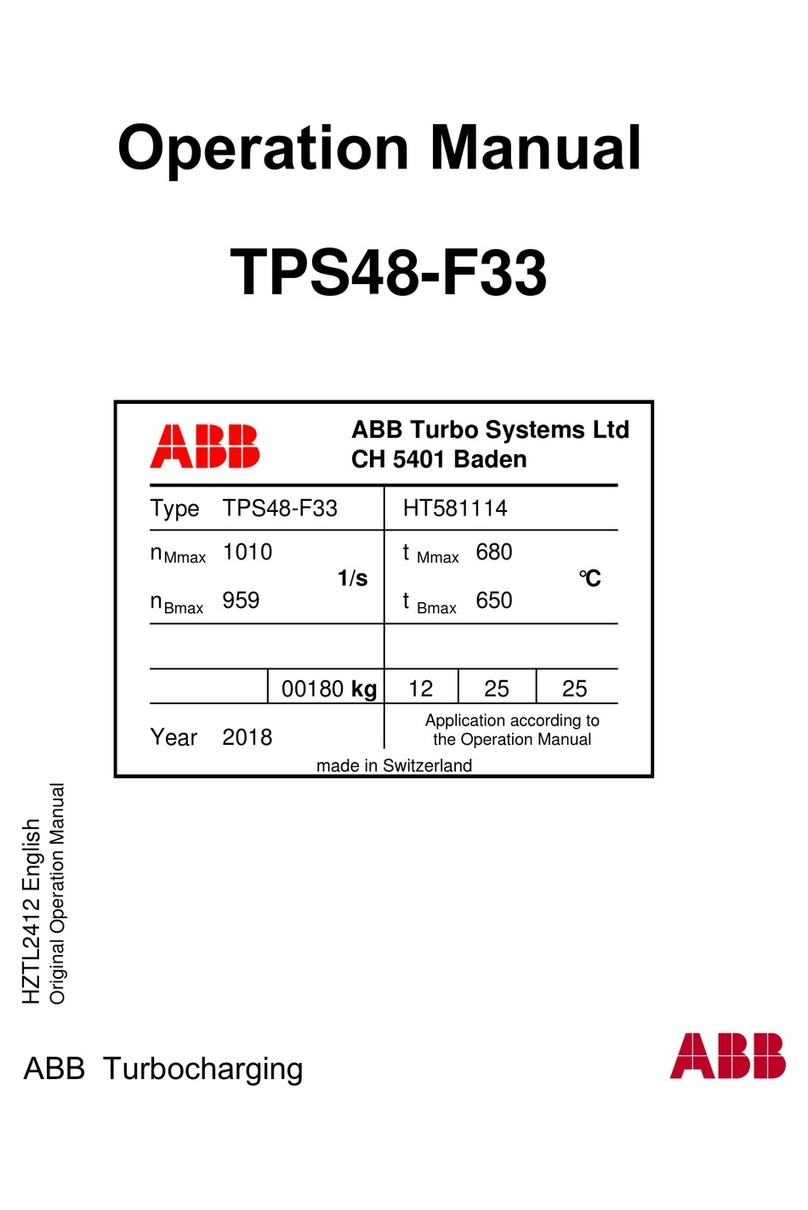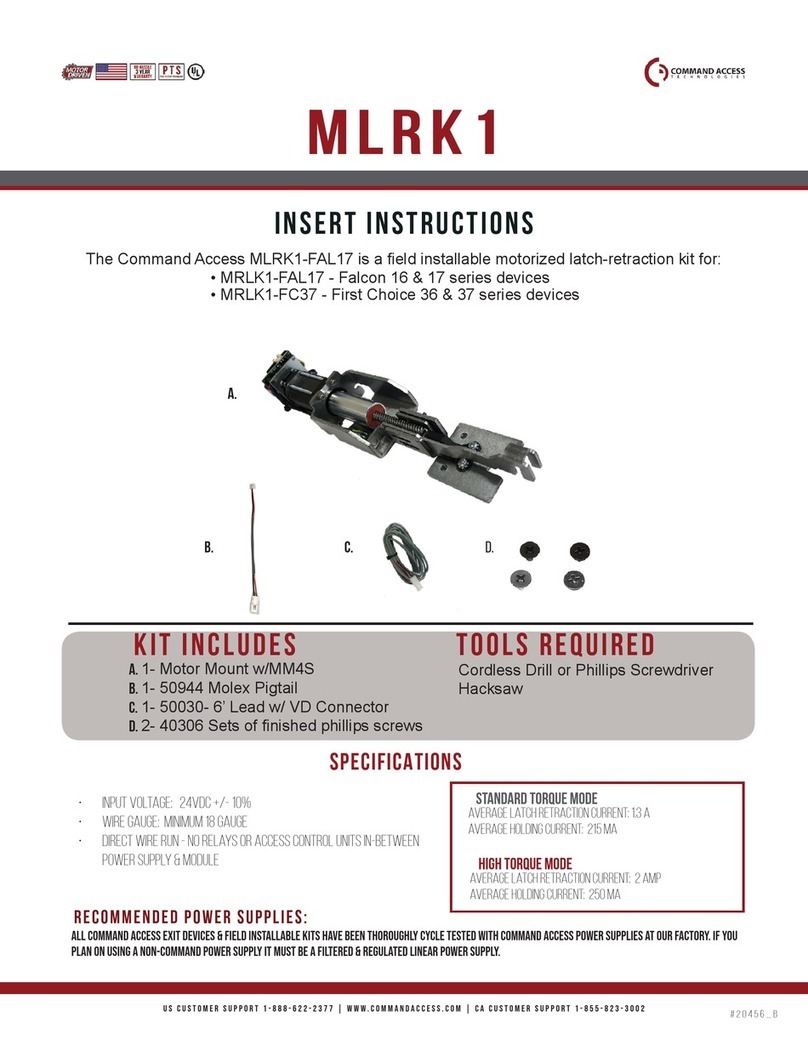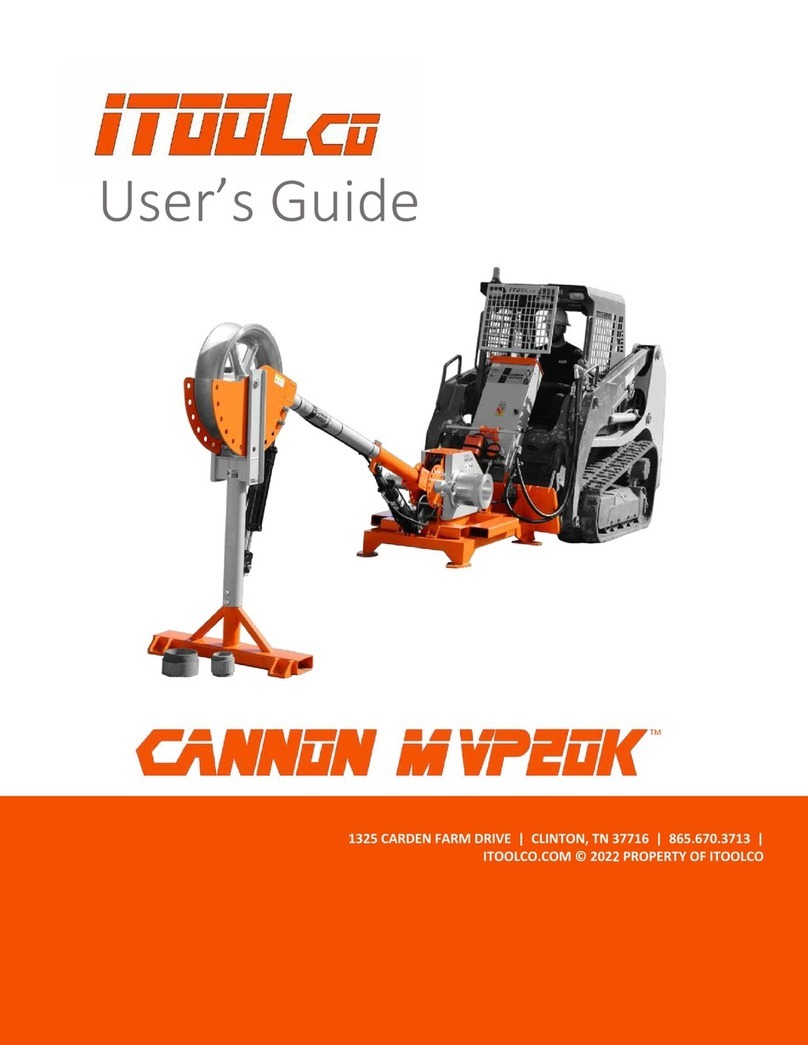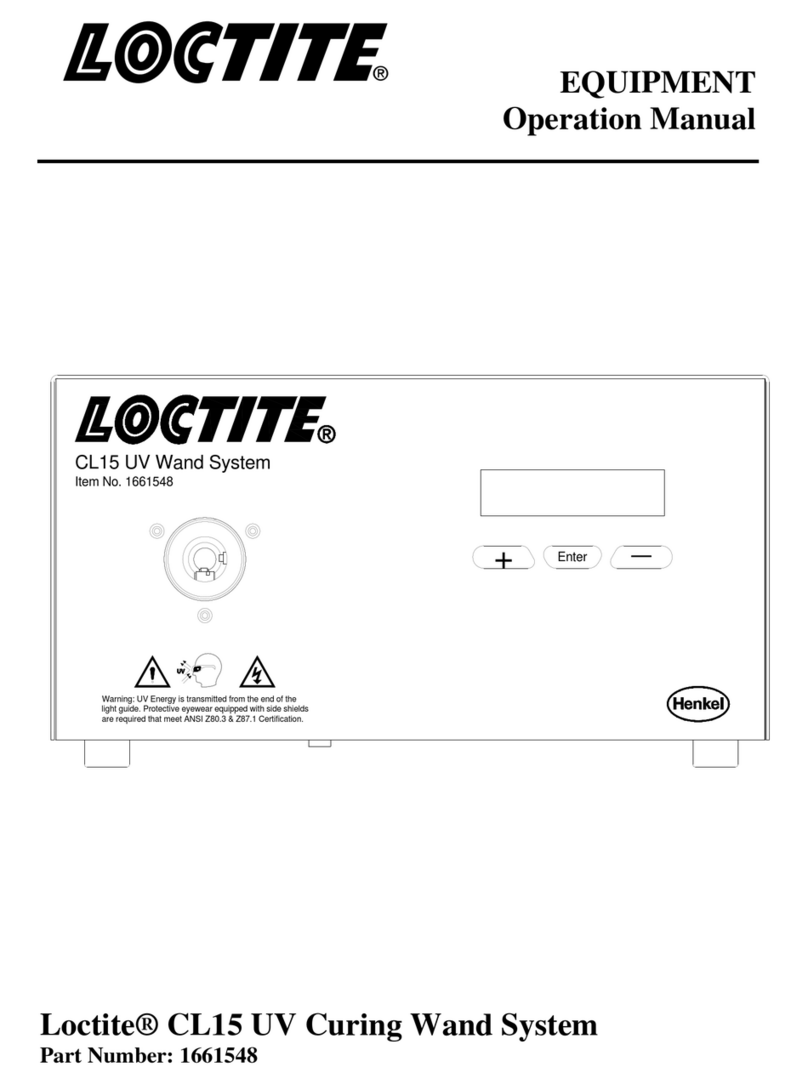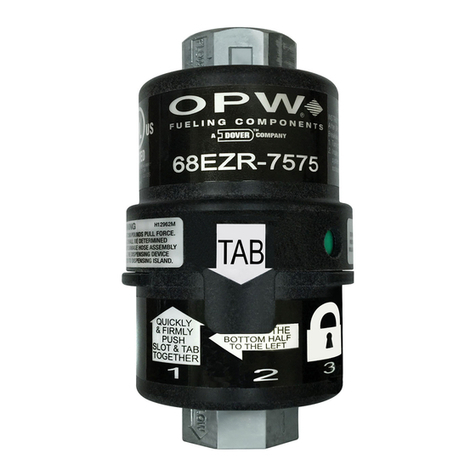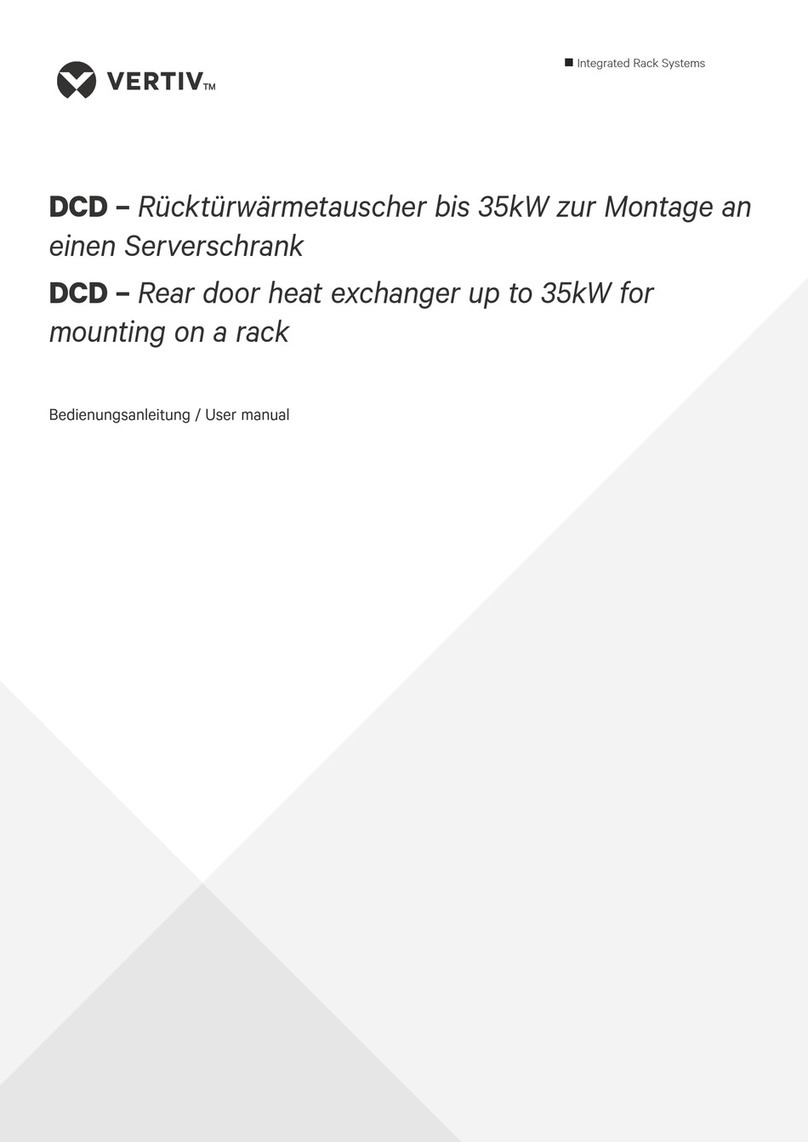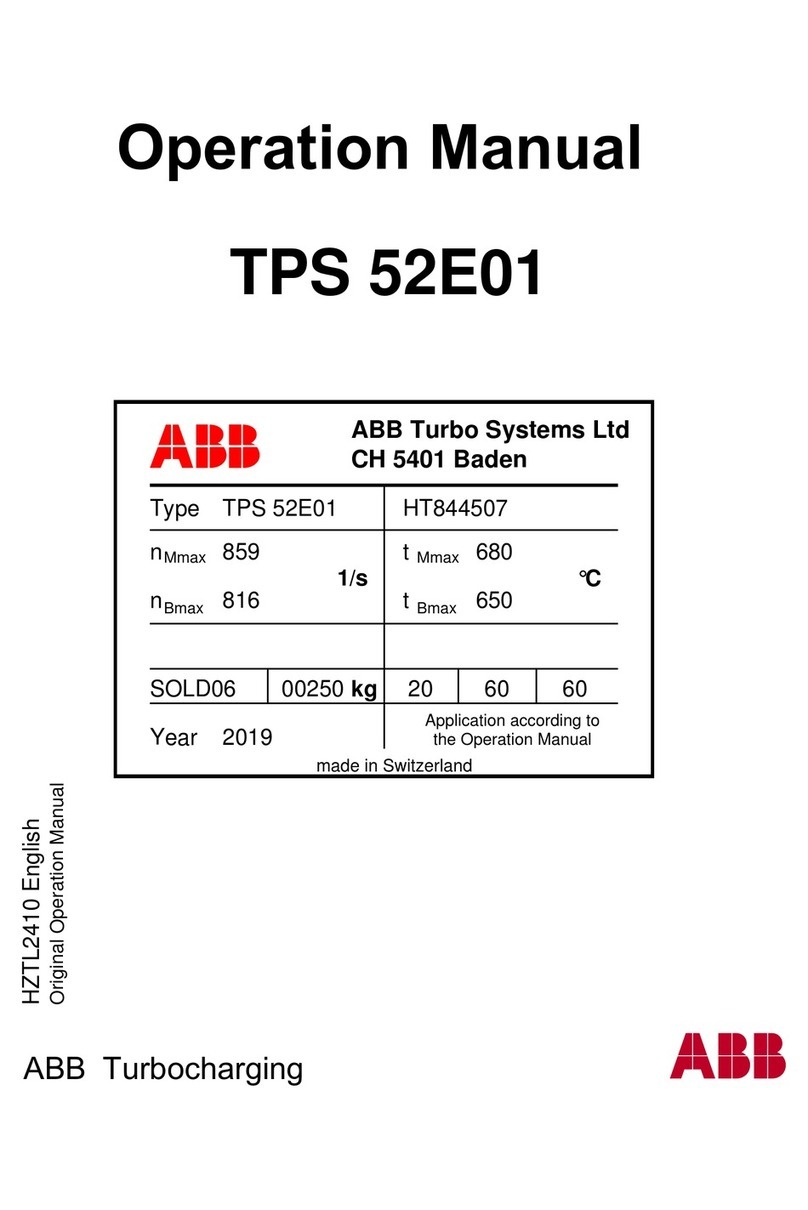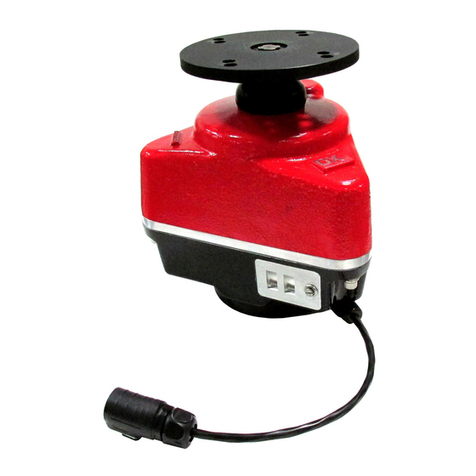Nibe ERS 10-400 User guide

IHB EN 1948-1
531749
INSTALLER MANUAL
Ventilation heat exchanger
NIBE ERS 10-400
LEK


41 Important information
4Safety information
4Serial number
5Recovery
5Inspection of the installation
62 Delivery and handling
6Transport and storage
6Assembly
7Supplied components
7Removing the covers
7Removing parts of the insulation
83 The ventilation heat exchanger design
9Pipe connections
9Sensors etc.
9Electrical components
9Ventilation
9Miscellaneous
104 Pipe and ventilation connections
10Dimensions and pipe connections
10Mounting
11Condensation water drain
12General ventilation connections
12Ventilation flow
12Adjusting ventilation
12Dimension and ventilation connections
13Preheating the outdoor air
145 Electrical connection
14Connecting to main product
15Outside air sensor
166 Commissioning and adjusting
16Preparations
16Filling and venting
16Start-up and inspection
177 Program settings
17Start guide
17Menu system
188 Disturbances in comfort
18Info-menu
18Manage alarm
18Troubleshooting
209 Accessories
2110 Technical data
21Dimensions
22Technical specifications
22Energy labelling
23Electrical circuit diagram
24Item register
27Contact information
3Table of ContentsNIBE ERS 10-400
Table of Contents

Safety information
This manual describes installation and service proced-
ures for implementation by specialists.
The manual must be left with the customer.
This appliance can be used by children
aged from 8 years and above and persons
with reduced physical, sensory or mental
capabilities or lack of experience and
knowledge if they have been given super-
vision or instruction concerning use of the
appliance in a safe way and understand
the hazards involved. Children shall not
play with the appliance. Cleaning and user
maintenance shall not be made by children
without supervision.
Rights to make any design or technical
modifications are reserved.
©NIBE 2019.
SYMBOLS
NOTE
This symbol indicates danger to person or ma-
chine .
Caution
This symbol indicates important information
about what you should consider when installing
or servicing the installation.
TIP
This symbol indicates tips on how to facilitate
using the product.
MARKING
The CE mark is obligatory for most products sold
in the EU, regardless of where they are made.
CE
Classification of enclosure of electro-technical
equipment.
IP21
Serial number
The serial number can be found at the top right inside
the front hatch.
LEK
Serial number
LEK
Caution
You need the product's serial number for servi-
cing and support.
NIBE ERS 10-400Chapter 1 | Important information4
1 Important information

Recovery
Leave the disposal of the packaging to the in-
staller who installed the product or to special
waste stations.
When disposing of the product, its constituent
materials and components, e.g. compressors,
fans, circulation pumps and circuit boards, must be dis-
posed of at a special waste station or dealer who
provides this type of service.
To access the separate components, refer to the section
that shows the construction of the product. No special
tools are required for access.
Improper disposal of the product by the user results in
administrative penalties in accordance with current le-
gislation.
Inspection of the installation
Current regulations require the heating installation to be inspected before it is commissioned. The inspection must
be carried out by a suitably qualified person. In addition, fill in the page for the installation data in the User Manual.
DateSigna-
ture
NotesDescription
✔
Electricity (page 14)
Connections
Main voltage
Fuses property
Earth circuit-breaker
5Chapter 1 | Important informationNIBE ERS 10-400

Transport and storage
ERS 10 should be transported and stored in the dry.
Assembly
ERS 10 is installed using the enclosed rail on a solid
wall. Noise from the fans can be transferred to the rail.
•Install with its back to an outside wall, ideally in a room
where noise does not matter, in order to eliminate
noise problems. If this is not possible, avoid placing
it against a wall behind a bedroom or other room
where noise may be a problem.
• Wherever the unit is located, walls to sound sensitive
rooms should be fitted with sound insulation.
• Condensation comes from the underside of the vent-
ilation heat exchanger. Condensation outlet with water
seal must be installed and routed to an internal drain.
• The ventilation heat exchanger’s installation area
should always have a temperature of at least 10 °C
and max. 35 °C.
INSTALLATION AREA
Leave a free space of 800 mm in front of the product.
800
NOTE
Ensure that there is necessary space (300 mm)
above the exhaust ventilation heat exchanger
for installing ventilation hoses.
NIBE ERS 10-400Chapter 2 | Delivery and handling6
2 Delivery and handling

Supplied components
LEK
Rail for wall mounting
Removing the covers
FRONT COVER
1. Lift the front cover upwards slightly.
2. Pull the hatch towards yourself.
LEK
Removing parts of the
insulation
FRONT INSULATION
The insulation in the front must be removed to access
the internal parts.
1. Remove the air filter.
2. Slacken off the screws that hold the insulation in
place.
3. Pull the insulation straight out.
7Chapter 2 | Delivery and handlingNIBE ERS 10-400

LEK
GQ2
XL31
XL34 XL32
XL33
AA5
GQ3
WM5
EP26
XL40
HQ11
HQ10
UB1
QN37
W2
W1
NIBE ERS 10-400Chapter 3 | The ventilation heat exchanger design8
3 The ventilation heat
exchanger design

Pipe connections
Ventilation connection, exhaust airXL31
Ventilation connection, extract airXL32
Ventilation connection, supply airXL33
Ventilation connection, outdoor airXL34
Condensation water drainXL40
Sensors etc.
Temperature sensor, exhaust airBT20
Temperature sensor, extract airBT21
Temperature sensor, supply airBT22
Temperature sensor, outdoor airBT23
Electrical components
Accessory cardAA5
Cable glandUB1
Cord with connection plugW1
Communication cableW2
Ventilation
Heat exchangerEP26
Exhaust air fanGQ2
Supply air fanGQ3
Exhaust air filterHQ10
Supply air filterHQ11
Bypass damperQN37
Miscellaneous
Type platePF1
Condensation water troughWM5
Designations according to standard EN 81346-2.
9Chapter 3 | The ventilation heat exchanger designNIBE ERS 10-400

Dimensions and pipe
connections
900 44
600
4 x Ø160
G32
308146 146
278188 146
612
G32
Mounting
When hanging on a wooden wall, a vibration damper is
recommended to prevent vibration being transferred.
1. Install the enclosed bracket to the wall.
2. Install ERS 10 on the brackets.
LEK
LEK
NIBE ERS 10-400Chapter 4 | Pipe and ventilation connections10
4 Pipe and ventilation
connections

Condensation water
drain
ERS 10 can produce several litres of condensation water
per day. It is therefore important for the condensation
outlet to be correctly executed and for the ventilation
heat exchanger to be installed horizontally.
Check that the water seal is airtight and firmly in posi-
tion. The connection must be made so that the user can
check and top up the water seal, without opening ERS
10.
The condensation outlet is adapted for the type of water
seal that is traditionally used for a wash basin (connec-
tion G32).
Installation from the water seal through to the drain
must be carried out with an essential fall of 1 %. If the
ventilation heat exchanger is installed in a cold area, the
condensation water drain pipe must be insulated so that
the condensation water in the pipe does not freeze. It
is also recommended that the water seal is mounted in
a heated area to guarantee that the water in the water
seal does not freeze.
If it cannot be guaranteed that insulation will protect the
condensation water drain pipe against frost, a thermostat
controlled heating cable must be installed around the
condensation water drain pipe.
NOTE
During operation, negative pressure arises in
the ventilation heat exchanger, which means
that a water column of at least 100 mm must
be guaranteed in the water seal.
100
11Chapter 4 | Pipe and ventilation connectionsNIBE ERS 10-400

General ventilation
connections
• Ventilation installation must be carried out in accord-
ance with current norms and directives.
• Connections must be made via flexible hoses, which
should be installed so that they are easy to replace.
• Provision must be made for inspection and cleaning
of the duct.
• Make sure that there are no reductions of cross-sec-
tional area in the form of creases, tight bends, etc.,
since this will reduce the ventilation capacity.
• The air duct system must be a minimum of air tight-
ness class B.
• To prevent fan noise being transferred to the ventila-
tion devices, silencers should be installed in the duct
system. In the event of ventilation devices in noise-
sensitive rooms, silencers must be installed.
• The extract air and outdoor air ducts are insulated us-
ing diffusion-proof material (at least PE30 or equival-
ent) along their entire lengths.
• Ensure that the condensation insulation is fully sealed
at any joints and/or at lead-in nipples, silencers, roof
cowls or similar.
• The air must be routed to the outdoor air duct through
an outer wall grille in the facade. The outer wall grille
must be installed so that it is protected from the
weather and must be designed so that no rainwater
and/or snow can penetrate the facade or follow the
air into the duct.
• When positioning the outdoor air and extract air
hood/grille, bear in mind that the two air flows must
not short circuit to prevent the extract air from being
drawn into ERS 10 again.
• A duct in a masonry chimney stack must not be used
for extract air or outdoor air.
NOTE
To ensure a sealed connection to ERS 10, the
supplied hose clips must be used for connect-
ing the air ducts.
EXHAUST AIR DUCT /KITCHEN FAN
Exhaust air duct (kitchen fan) must not be connected to
ERS 10.
To prevent food vapour being transferred to ERS 10 the
distance between the kitchen fan and the exhaust air
device must be considered. The distance should not be
less than 1.5 m, but this can vary between different in-
stallations.
Always use a kitchen fan when cooking.
Ventilation flow
Connect ERS 10 so that all the exhaust air, except kit-
chen duct air (kitchen fan), passes through the heat ex-
changer (EP26) in the product.
The ventilation flow must comply with the applicable
national standards.
The supply air flow must be lower than the exhaust air
flow to prevent over pressure in the house.
Set the ventilation capacity in the main product’s menu
system (menu 5.1.5).
Adjusting ventilation
To obtain the necessary air exchange in every room of
the house, the exhaust air valve and the supply air inlet
as well as the fans in the ventilation heat exchanger
must be correctly positioned and adjusted.
Immediately after installation adjust the ventilation so
that it is set according to the projected value of the
house.
Incorrect adjustment of the ventilation may lead to re-
duced installation efficiency and thus poorer operating
economy, and may cause moisture damage in the
building
Dimension and
ventilation
connections
900 44
600
4 x Ø160
G32
308146 146
278188 146
612
Exhaust air
Outdoor air
Extract air
Supply air
NIBE ERS 10-400Chapter 4 | Pipe and ventilation connections12

Preheating the
outdoor air
If the extract air temperature is too low, the supply air
fan slows down to prevent the condensation water in
the heat exchanger from freezing.
To prevent this from happening too often in areas with
colder climates, an electrical air heater EAH (EB17) and
an outdoor air sensor (BT23) should be installed in the
outdoor air duct as illustrated. EAH heats the incoming
outdoor air so that the extract air temperature does not
fall to the stated level.
See the Installer Manual for EAH for more information.
EB17BT23
ERS 10
13Chapter 4 | Pipe and ventilation connectionsNIBE ERS 10-400

NOTE
All electrical connections must be carried out
by an authorised electrician.
Electrical installation and wiring must
be carried out in accordance with the
stipulations in force.
ERS 10 must not be powered during installa-
tion.
NOTE
If the supply cable is damaged, only
NIBE, its service representative or
similar authorised person may replace
it to prevent any danger and damage.
NOTE
To prevent interference, sensor cables to ex-
ternal connections must not be laid close to
high voltage cables.
For electrical wiring diagram, see page 23.
Connecting to main
product
If several accessories are to be connected, or are already
connected, the following cards must be connected in
series with the previous card.
Use cable type LiYY, EKKX or similar.
ON
12345678
-X9
-X2
24 20212223 1516171819 1011121314 56789 1
1
N
L
PE
PE
1
2
3
4
5
6
7
8
2
3
4
5
6
7
8
9
234
-X8
-X4
-X10
-X1
AA5-S2
AA5-X4
The communication cable (W2) in ERS 10 must be con-
nected to the main product.
15
A (vit)
B (brun)
GND (grön)
A (vit)
B (brun)
GND (grön)
14
13
AA3-X4
1
2
3
4
5
6
7
8
AA5-X4
Main product
ERS 10
A (white)
B (brown)
GND (green)
A (white)
B (brown)
GND (green)
NIBE ERS 10-400Chapter 5 | Electrical connection14
5 Electrical connection

If more accessories are installed, ERS 10 must be con-
nected last in the series, as illustrated.
1
2
3
4
5
6
7
8
AA5-X4
15
A (vit)
B (brun)
GND (grön)
A (vit)
B (brun)
GND (grön)
A
B
GND
A
B
GND
14
13
AA3-X4
1
2
3
4
5
6
7
8
AA5-X4
Main product
Accessories 1
ERS 10
A (white)
B (brown)
GND (green)
A (white)
B (brown)
GND (green)
TIP
See the main product's Installer Manual for the
location of the input board (AA3).
The DIP switch (AA5-S2) must be set as follows.
ON
1 2 3 4 5 6 7 8
ERS 10 no. 2
ON
1 2 3 4 5 6 7 8
ERS 10 no. 1
ON
1 2 3 4 5 6 7 8
ERS 10 no. 4
ON
1 2 3 4 5 6 7 8
ERS 10 no. 3
Outside air sensor
When installing with an electrical preheater (EAH), dis-
connect the outdoor air sensor (BT23) in ERS 10.
The enclosed outdoor air sensor EAH is placed in the
outdoor air duct and connected to the accessory board
(AA5) according to the Installer Manual for EAH.
15Chapter 5 | Electrical connectionNIBE ERS 10-400

Preparations
• Check the miniature circuit-breaker (FA1) in the main
product. It may have tripped during transportation.
• Check that the air filters are clean, they can become
dirty after installation.
Filling and venting
• Check that there is water in the water seal, fill if ne-
cessary.
Start-up and
inspection
SETTING THE VENTILATION
Ventilation must be set according to applicable stand-
ards. The supply air flow is adjusted to ensure a negative
pressure. The settings are made in menus 5.1.5 and
5.1.6.
Even if ventilation is roughly set at installation it is im-
portant that a ventilation adjustment is ordered and
permitted.
Caution
An incorrectly set ventilation flow can damage
the house and may also increase energy con-
sumption.
NOTE
Order a ventilation adjustment to complete the
setting.
Ventilation capacity
00 10 20 30 40 50 60 70 80 90 100 110 120
100
200
300
400
500
600
Tillg ngligt tryck
(Pa)
Flöde
(l/s)
30%
100%
80%
60%
40%
50%
70%
90%
Available pressure
Airflow
Fan rating1
0100 20 30 40 50 60 70 80 90 100 110 120 130
10
20
30
40
50
60
70
80
90
Effekt
(W)
Fl de
(l/s)
30%
100%
80%
60%
50%
90%
70%
40%
Output
Airflow
Dry temperature efficiency
according to EN 308
78 0 25 50 75 100 125 150 (l/s)
0 100 15050 200 300250 350 400 500450 550 (m3/h)
80
82
84
86
88
90
92
94
Temperatur
( C)
Luftflöde
Temperature efficiency
Airflow
(m³/h)
NIBE ERS 10-400Chapter 6 | Commissioning and adjusting16
6 Commissioning and adjusting

Program setting of ERS 10 can be performed via the
start guide or directly in the menu system in the main
product.
Caution
See the documentation for the main product.
Start guide
The start guide appears upon first start-up after heat
pump installation, but is also found in menu 5.7.
Menu system
If you do not make all settings via the start guide or need
to change any of the settings, this can be done in the
menu system.
MENU 5.2.4 -SYSTEM SETTINGS
Activating/deactivating of accessories.
Activate: "exhaust/supply air module".
MENU 5.3.12 - EXHAUST/SUPPLY AIR
MODULE
Settings specific to ERS 10.
"Lowest extract air temp.": Set the minimum extract air
temperature to prevent the heat exchanger freezing.
The supply air fan speed reduces if the extract air tem-
perature at (BT21) is lower than the set value.
"Bypass at excess temperature": If a room sensor is in-
stalled, set the over-temperature at which the bypass
damper (QN37) must open here.
"Months btwn filter alarms": Set how often the filter
alarm must be displayed.
TIP
When ERS 10 is activated, the other ventilation
menus will also light up.
17Chapter 7 | Program settingsNIBE ERS 10-400
7 Program settings

In most cases, the main product notes a malfunction (a
malfunction can lead to disturbance in comfort) and in-
dicates this with alarms and shows action instructions
in the display.
Info-menu
All the measurement values are gathered under menu
3.1 in the main product's menu system. Looking through
the values in this menu can often simplify finding the
source of the fault. See help menu or the main product's
user manual for more information about menu 3.1.
Manage alarm
info / action
reset alarm
aid mode
Low pressure alarm
alarm
In the event of an alarm,
some kind of malfunction
has occurred, which is indic-
ated by the status lamp
changing from green con-
tinuously to red continu-
ously. In addition, an alarm
bell appears in the informa-
tion window.
ALARM
In the event of an alarm with a red status lamp, a mal-
function has occurred that the main product cannot
remedy itself. By turning the control knob and pressing
the OK button, you can see in the display what type of
alarm it is and reset it. You can also choose to set the
main product in aid mode.
info / action Here you can read what the alarm means
and receive tips on what you can do to correct the
problem that caused the alarm.
reset alarm In most cases it is enough to select "reset
alarm" to correct the problem that caused the alarm. If
a green light illuminates after selecting "reset alarm" the
alarm has been remedied. If a red light is still visible and
a menu called ”alarm” is visible in the display, the
problem that caused the alarm remains. If the alarm
disappears and then returns, see the troubleshooting
section (page 18).
aid mode ”aid mode” is a type of emergency mode.
This means that the heat pump produces heat and/or
hot water despite there being some kind of problem
with the heat pump. This can mean that the heat pump's
compressor is not running. In this case the immersion
heater produces heat and/or hot water.
Problems with ERS 10 do not affect the main product's
operation. You therefore do not need to select ”aid
mode" in event of problems with ERS 10.
Caution
Selecting "aid mode” is not the same as cor-
recting the problem that caused the alarm. The
status lamp will therefore continue to be red.
Troubleshooting
If the operational interference is not shown in the display
the following tips can be used:
BASIC ACTIONS
Start by checking the following possible fault sources:
• That the main product is running and that the supply
cable to ERS 10 is connected.
• Group and main fuses of the accommodation.
• The property's earth circuit breaker.
• The main product's fuses/temperature limiter.
HIGH OR LOW ROOM TEMPERATURE
• See Installer Manual for the main product.
LOW OR A LACK OF VENTILATION
• Filter blocked.
– Clean or replace the filter.
• The ventilation is not adjusted.
– Order/implement ventilation adjustment.
•Closed, too much choke or blocked ventilation device.
– Check and clean the exhaust air devices.
• Fan speed in reduced mode.
NIBE ERS 10-400Chapter 8 | Disturbances in comfort18
8 Disturbances in comfort

– Enter the main product's menu 1.2 and select "nor-
mal".
• External switch for changing the fan speed activated.
– Check any external switches.
• Fan running slow because of low incoming outdoor
air temperature.
– Check the function and settings for the electrical air
heater (EAH) if installed.
HIGH OR DISTRACTING VENTILATION
• Filter blocked.
– Clean or replace the filter.
• The ventilation is not adjusted.
– Order/implement ventilation adjustment.
•Closed, too much choke or blocked ventilation device.
– Check and clean the exhaust air devices.
• Fan speed in forced mode.
– Enter the main product's menu 1.2 and select "nor-
mal".
• External switch for changing the fan speed activated.
– Check any external switches.
• Silencers not correctly installed.
– Check the silencers.
19Chapter 8 | Disturbances in comfortNIBE ERS 10-400

ELECTRICAL AIR HEATER EAH 20
In cold weather, EAH 20-1800 heats the incoming out-
door air slightly to prevent the condensation in ERS 10
from freezing. Used mainly in colder climates.
Part no. 067 603
TOP CABINET
Top cabinet that conceals the ventilation ducts and re-
duces the sound to the installation room.
Height 345 mm
Part no. 089 757
Height 245 mm
Part no. 089 756
Height 385-635 mm
Part no. 089 758
Height 445 mm
Part no. 067 522
NIBE ERS 10-400Chapter 9 | Accessories20
9 Accessories
Table of contents
Other Nibe Industrial Equipment manuals
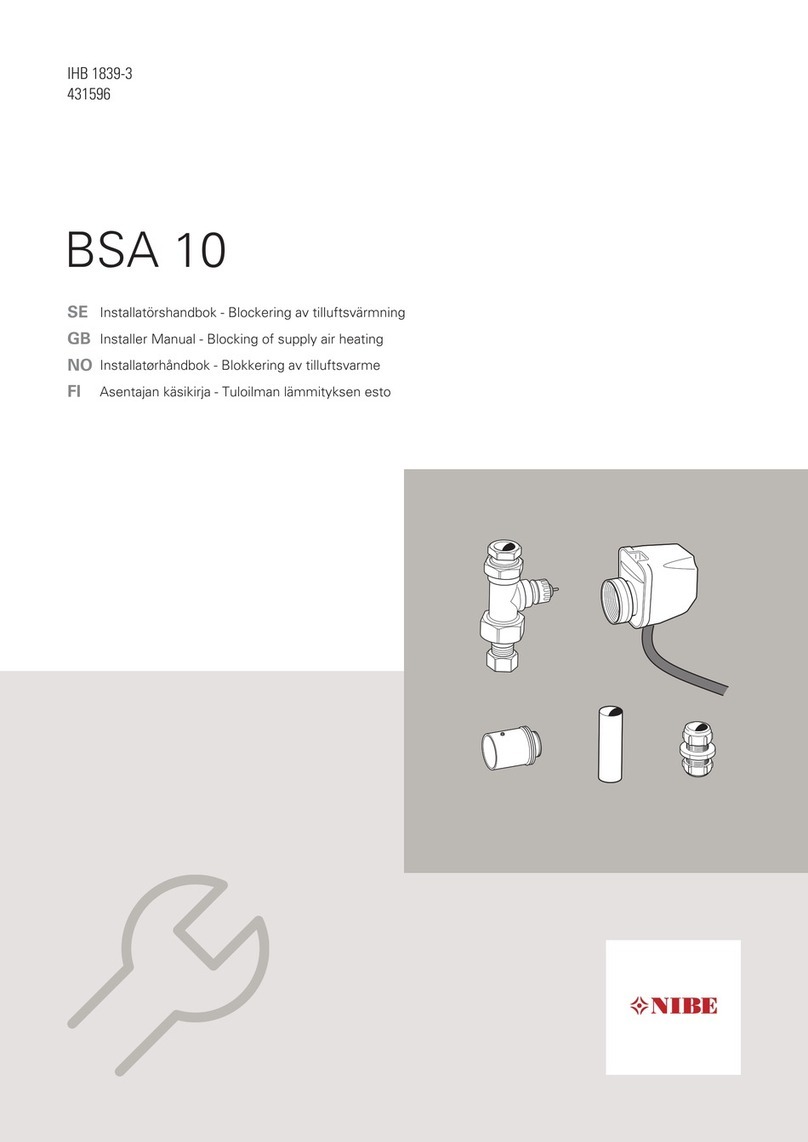
Nibe
Nibe BSA 10 User guide

Nibe
Nibe HPAC S40 User guide
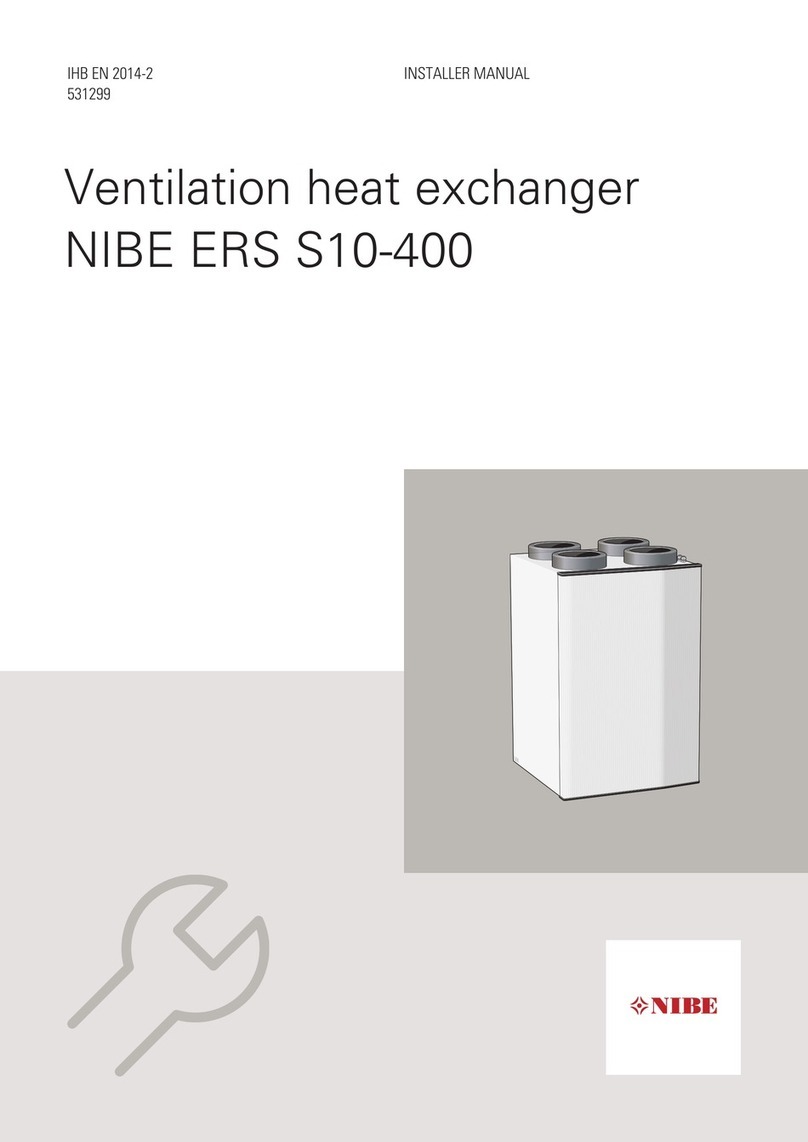
Nibe
Nibe ERS S10 User guide
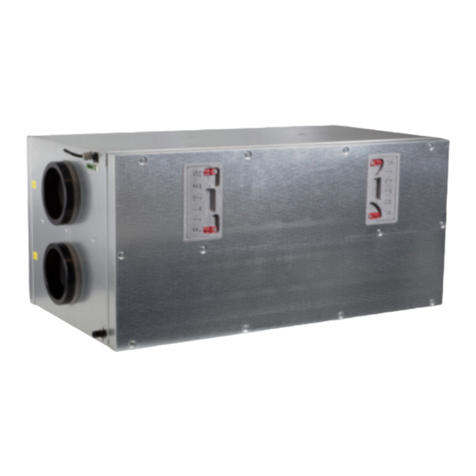
Nibe
Nibe ERS 30-400 User manual

Nibe
Nibe HPAC 45 User guide
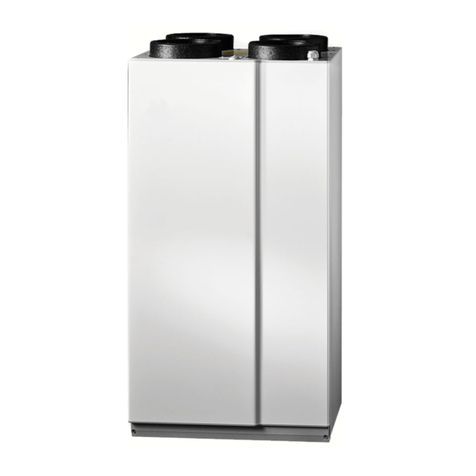
Nibe
Nibe ERS 10-500 User guide
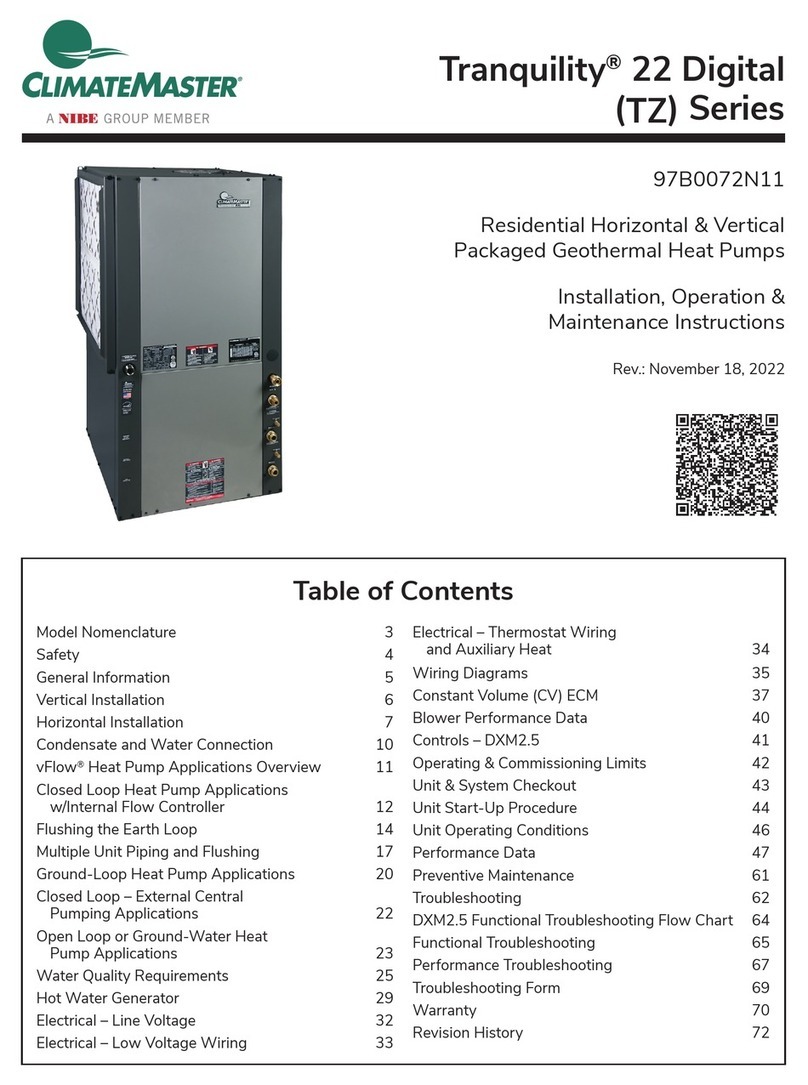
Nibe
Nibe ClimateMaster Tranquility 22 Digital TZ... Guide
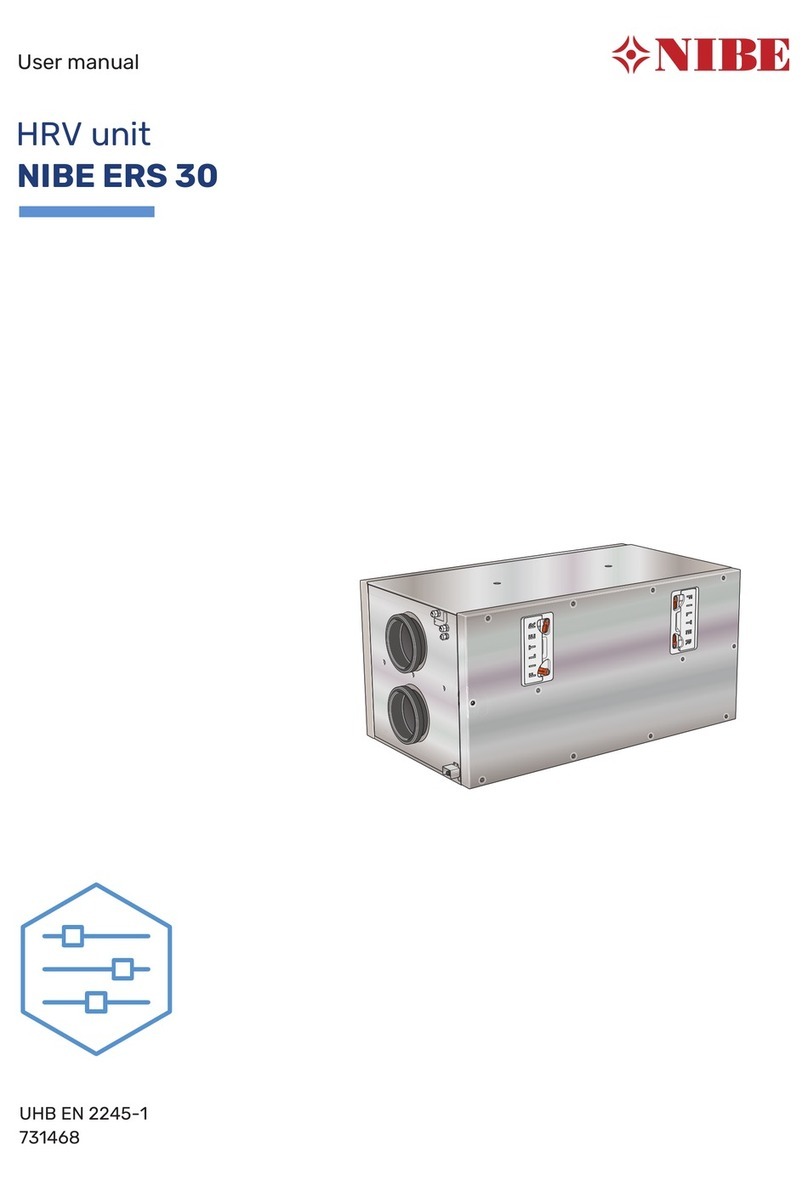
Nibe
Nibe ERS 30 User manual

Nibe
Nibe GV-HR 120 User guide
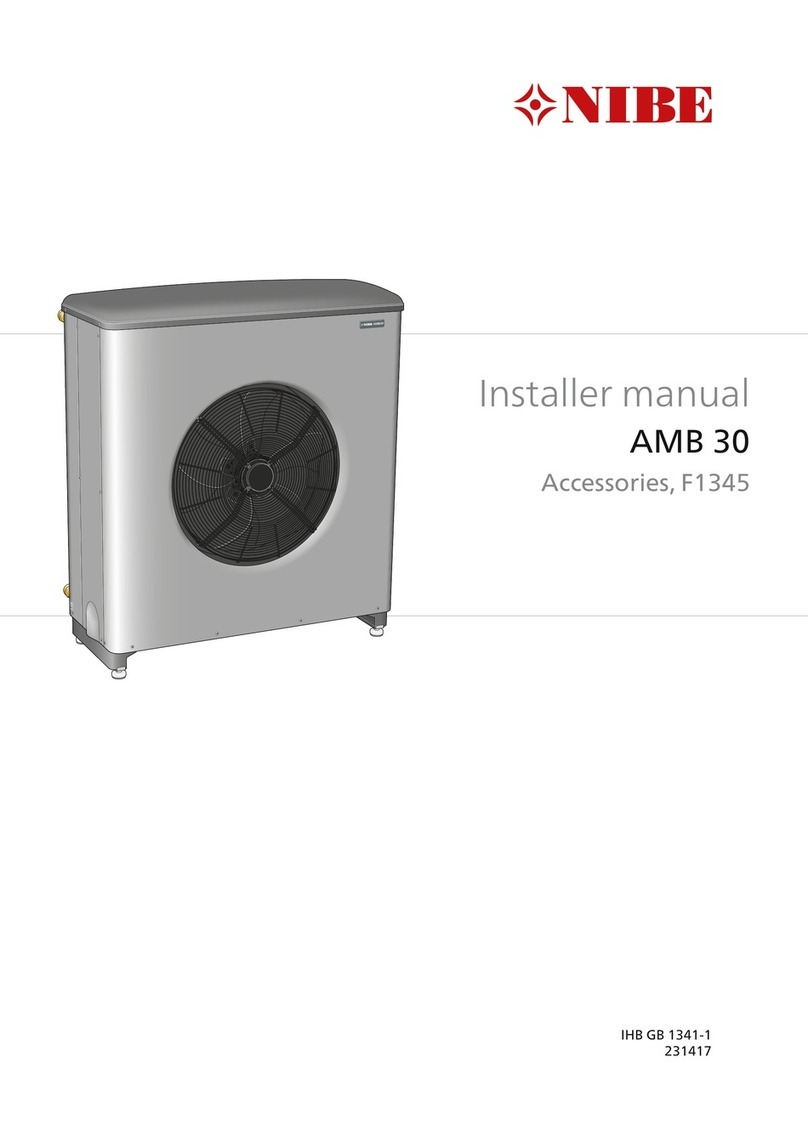
Nibe
Nibe AMB 30 User guide
Popular Industrial Equipment manuals by other brands
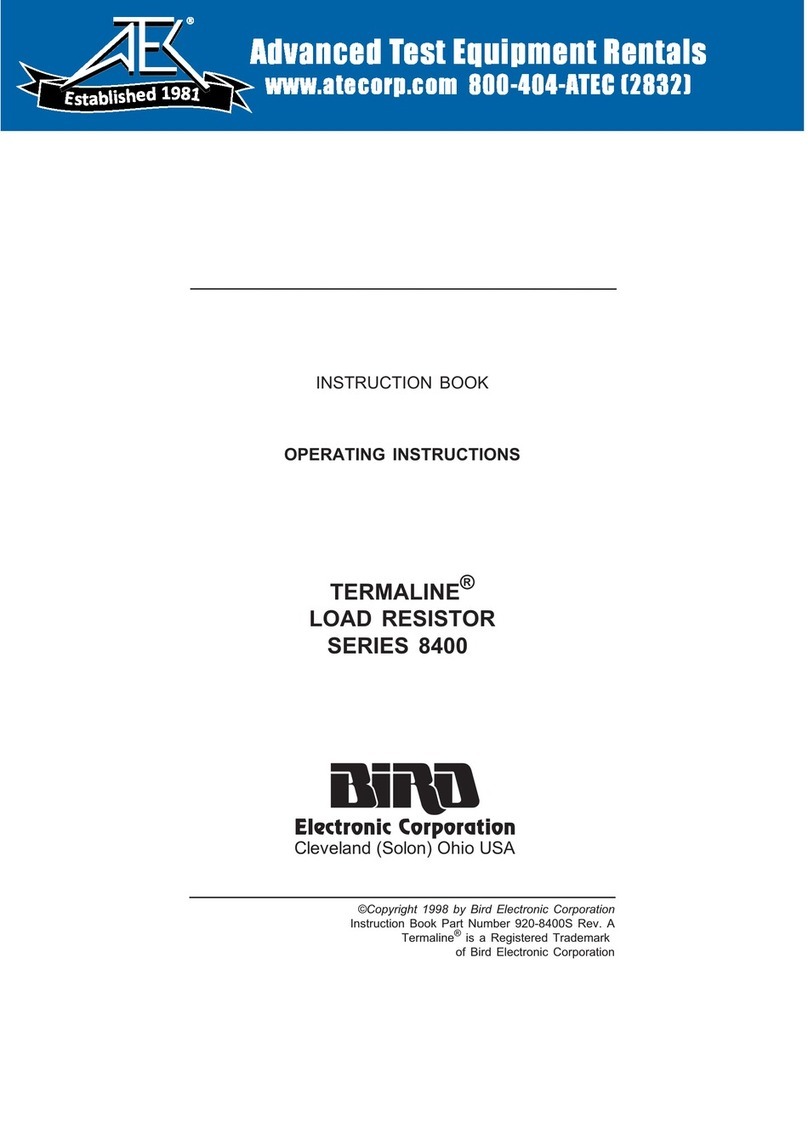
BIRD
BIRD TERMALINE 8400 SERIES Instruction book
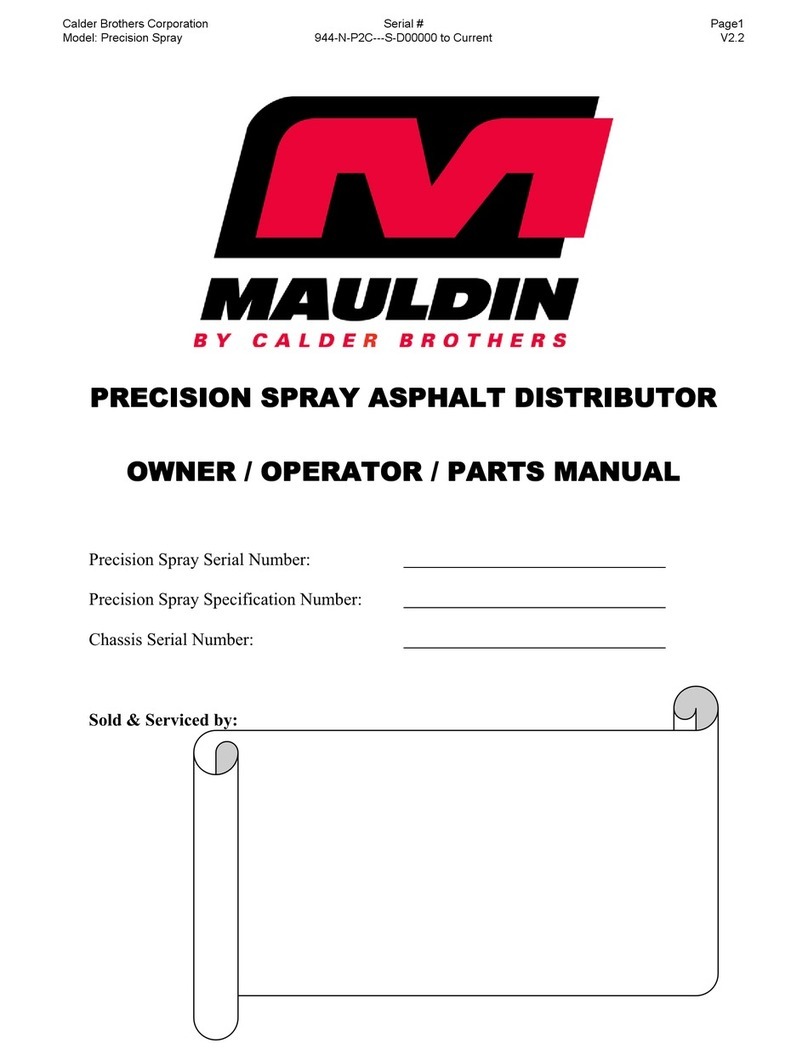
Calder Brothers
Calder Brothers Mauldin Precision Spray Owner/Operator & Parts Manual
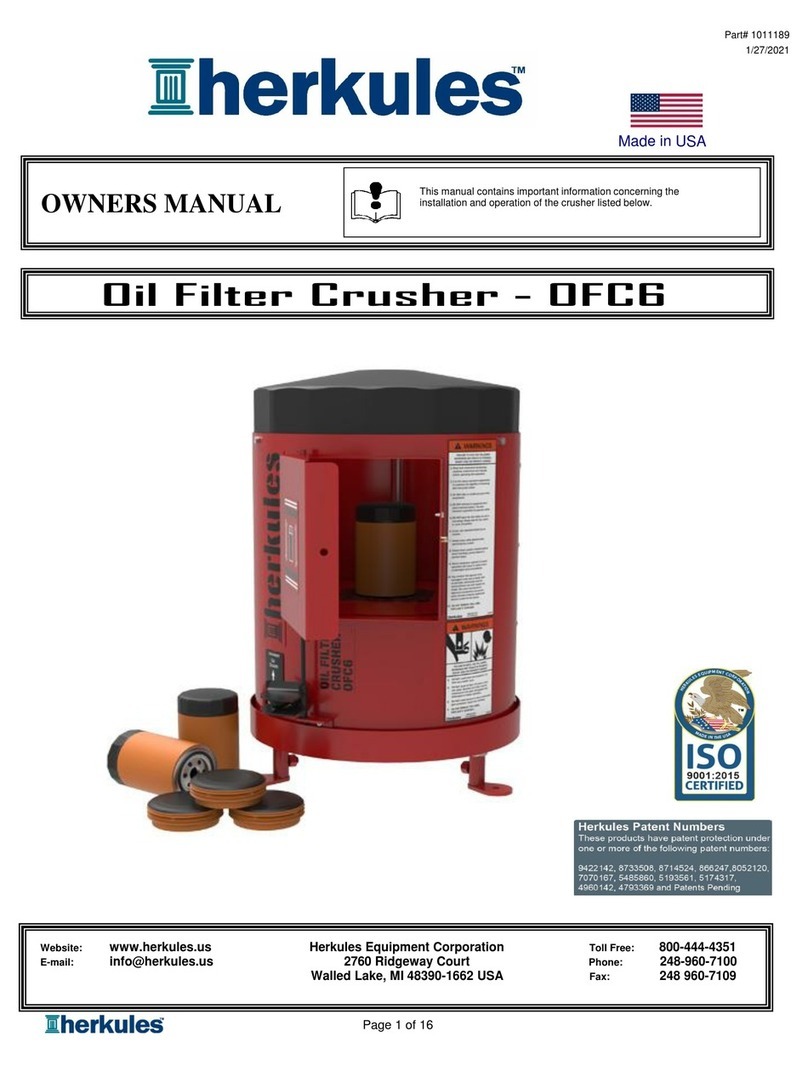
HERKULES
HERKULES OFC6 owner's manual
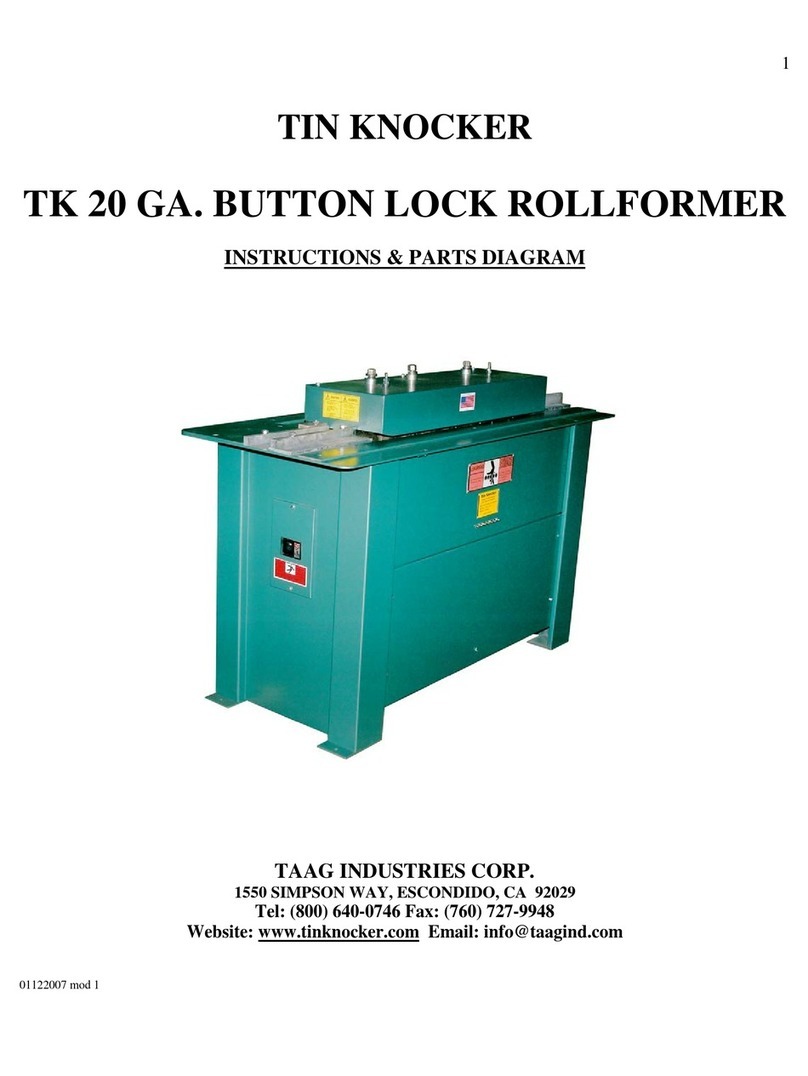
TAAG
TAAG TIN KNOCKER MWETK-RFBL20 INSTRUCTIONS & PARTS DIAGRAM

MIYAWAKI
MIYAWAKI RE3 Installation, operation & maintenance manual
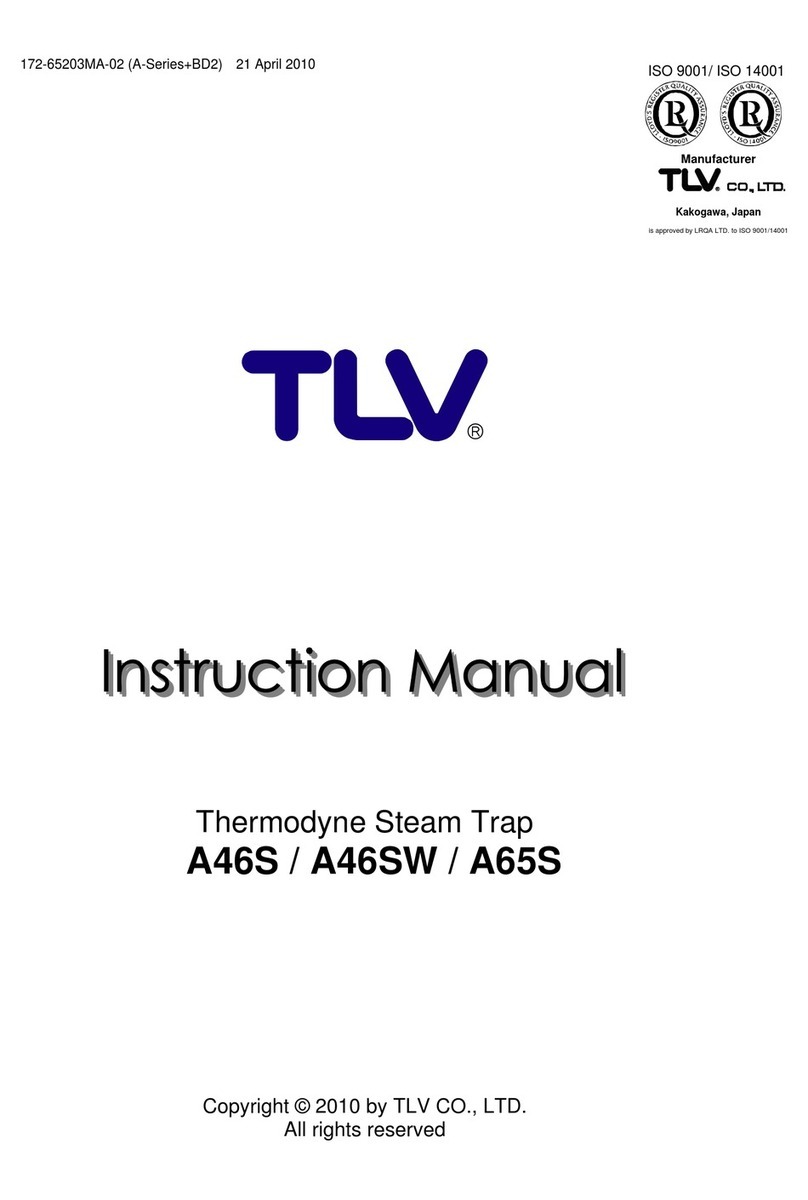
TLV
TLV A46S instruction manual
